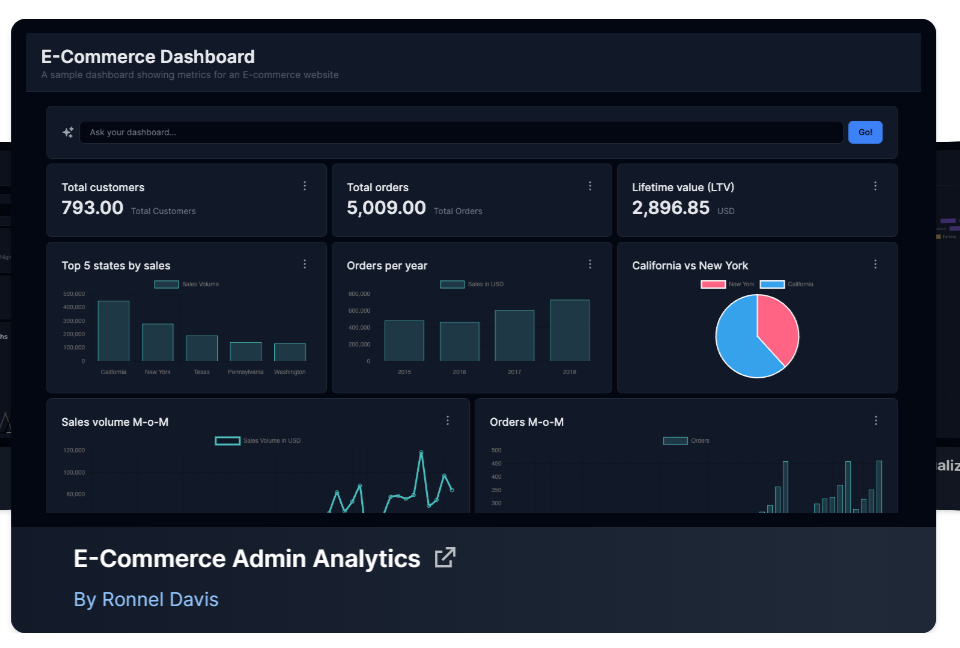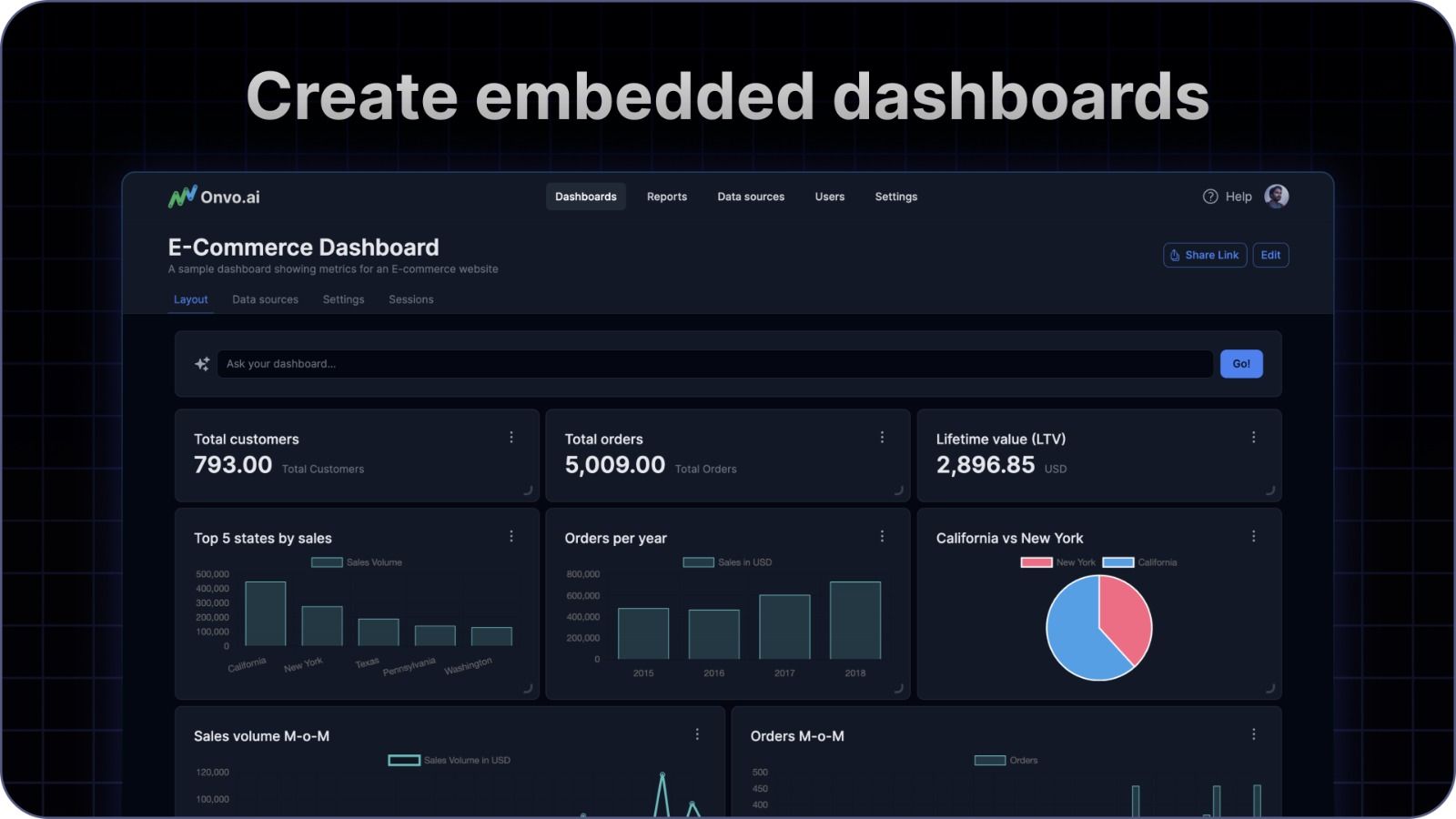Companies are swimming in a sea of data, coming from various touchpoints, in today's digital landscape. The challenge is not just collecting this data but also turning it into actionable insights. While intuition has its place, making decisions based on data-driven insights is more reliable. This is where data analytics plays a pivotal role. It allows decision-makers to base their strategies on historical and real-time data, facilitating data-driven decision-making (DDDM) instead of relying solely on intuition or observations.
Sources of Customer Data - Where should you look for Insights?
The age of rapid digital transformation provides businesses with a plethora of data sources that can unveil invaluable customer insights. To gain a comprehensive understanding of your customers, it's crucial to tap into these primary data sources:
1. Transactional Data: This data type delves into the specifics of each customer transaction, providing insights into what the customer bought, how much they spent, when the purchase was made, and the chosen payment method. It is typically collected by point-of-sale systems, e-commerce platforms, or CRM systems during every customer purchase.
2. Behavioral Data: Behavioral data captures details of each customer interaction, including purchases, expenditure, time of purchase, and payment method. This data is primarily recorded in point-of-sale systems, e-commerce platforms, or CRMs during customer transactions.
3. Demographic Data: This data source offers a broad overview of customer identity, including attributes such as age, gender, location, education, occupation, and more. It's typically sourced from sign-up forms, surveys, social media, or third-party data vendors.
4. App Usage Data: Similar to demographic data, this source provides a broad overview of customer identity. It includes attributes like age, gender, location, education, occupation, and more. This data is usually collected from sign-up forms, surveys, social media, or third-party data vendors.

Unlock the Full Picture of Your Data with Analytics
While traditional data-sharing tools like Excel spreadsheets can provide information about "what" customers do, analytics goes a step further by revealing "why" and "how." With advanced algorithms and visualization techniques, analytics uncovers hidden patterns and trends within customer data, empowering companies to make more informed decisions.
Exploratory Data Analysis (EDA) Techniques
Exploratory Data Analysis (EDA) is the initial step in data analysis, emphasizing visual methods. Its primary goal is to inspect the data, understand its structure, extract crucial variables, and identify outliers and anomalies. Key techniques of EDA include:
- Data Visualization: This transforms data into graphical representations, making complex data sets more accessible and interpretable. Visual aids such as charts and heatmaps convert intricate data into understandable and interpretable forms, highlighting patterns or anomalies more effectively than numerical spreadsheets.
- Customer Segmentation: This technique involves dividing the customer base into distinct groups based on criteria such as purchase behaviors or demographics. Segmentation enables businesses to tailor marketing campaigns, product recommendations, and more to specific groups, ensuring more effective and personalized outreach.
Predictive Analytics for Understanding Future Preferences
Predictive analytics leverages historical data to make predictions about future events. Through various statistical techniques, businesses can anticipate outcomes and trends, aligning their strategies more effectively.
Predictive Modeling: Predictive modeling uses historical data to create models predicting future outcomes. By anticipating events such as product demand spikes or potential customer churn, businesses can make preemptive strategic decisions.
Forecasting Customer Behavior: Forecasting involves predicting future actions of customers based on trends and patterns in historical data. It equips businesses with insights needed to plan for the future, whether that's stocking up on inventory, tailoring marketing campaigns, or preparing for seasonal fluctuations.

Extracting Valuable Insights from Customer Feedback
Your customer's voice and sentiment are the ultimate sources of insights. However, to truly capture and capitalize on this, businesses need specific techniques and tools to analyze and interpret this raw data.
Sentiment Analysis: Sentiment analysis employs keywords or AI to gauge the emotional undertones of text, distinguishing if feedback is positive, negative, or neutral. Using analytics tools, companies can parse vast amounts of feedback, address concerns, and understand the impacts of actions.
Text Mining: Text mining extracts valuable insights from unstructured text data, identifying patterns in feedback. By deciphering underlying themes and common issues, businesses gain a profound understanding of their clientele.
Leveraging Customer Surveys and Feedback Forms: Traditional yet powerful tools in capturing customer sentiment. They offer structured data that can be systematically analyzed and represented in multiple data visualization formats.
Using Analytics for Personalization and Improved Customer Experience
Understanding customer preferences is vital for business success. By utilizing analytics, companies can tailor their products, services, and marketing strategies to align with their target audience's needs. This alignment fosters increased customer satisfaction and loyalty, positioning businesses for optimal product-market fit, revenue growth, and profit increase.
How Data-Driven Decision Making (DDDM) Enables Personalized Experiences
DDDM involves making choices based on data to provide the optimal experience. Concerning personalization, DDDM allows businesses to understand individual customer preferences, enabling them to craft personalized solutions, from product recommendations to personalized email campaigns. This approach significantly enhances customer engagement and retention.
Detecting Trends in Customer Preferences
By continuously monitoring and analyzing customer data using embedded analytics tools like Onvo, businesses can quickly identify emerging trends, helping them stay ahead of the curve and adjust their strategies accordingly.
Analyzing Patterns in Purchase Behavior
Decoding purchase behaviors allows businesses to preemptively address potential issues and optimize touchpoints, ensuring the buying process is as seamless and enjoyable as possible.
Understanding the intricacies of customer behavior is the cornerstone of thriving and profitable businesses. Data-Driven Decision Making (DDDM) helps businesses navigate the maze of customer preferences by minimizing the risk of intuition and learning from past behaviors. It bridges the gap between a company's aspirations and the customer's expectations, ensuring that businesses are not just reactive but proactive in addressing evolving demands.
The real challenge is not in the collection but the deciphering of this data to drive decisions. Platforms like Onvo provide an intuitive solution that effortlessly transforms raw data into insightful dashboards and reports. Access to data is key for DDDM. Companies need tools that make data accessible and actionable.

Get a demo of Onvo's low-code embedded analytics platform today to see how data can help your organization reach its goals.
Stay tuned for more insights and updates from the world of data-driven decision-making with Onvo.
